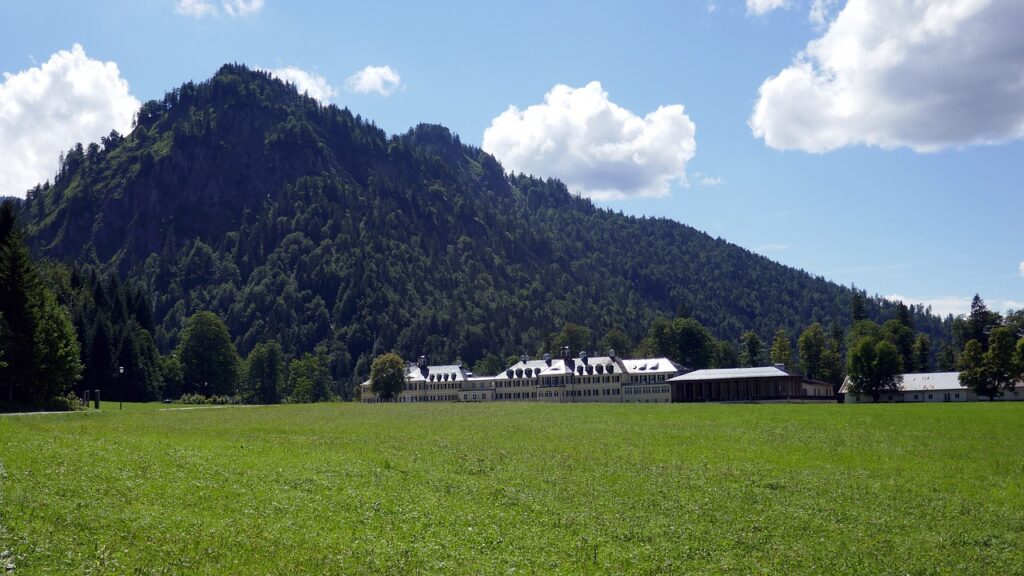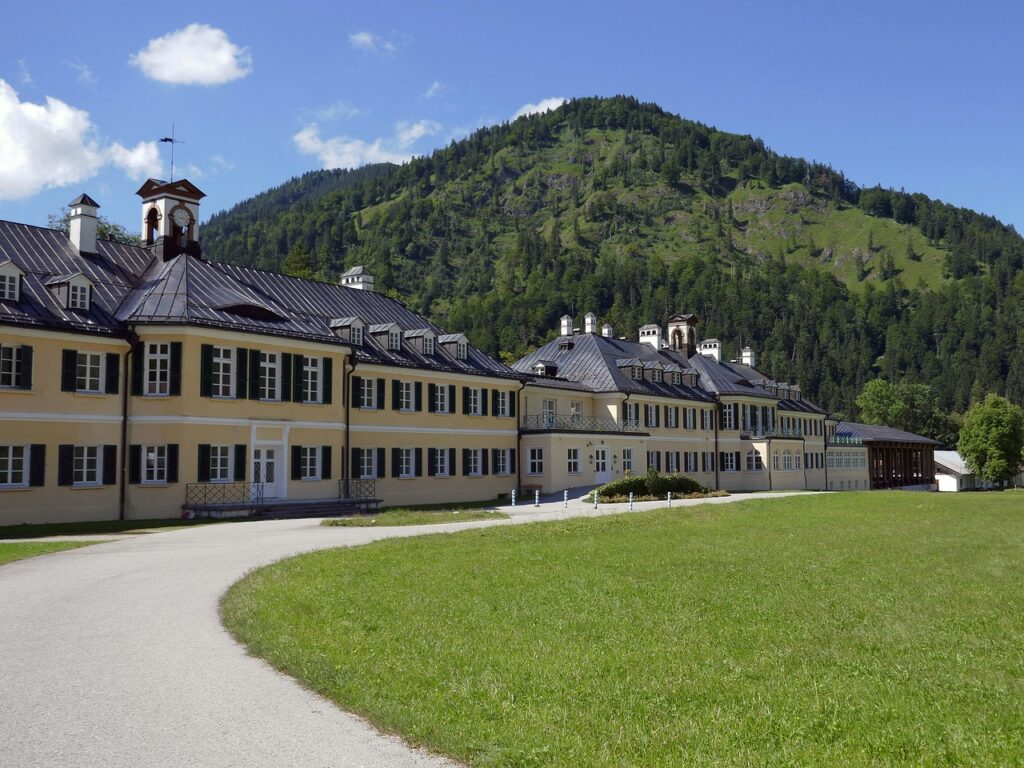Understanding the Political Landscape in Asia Today
Asia today is a dynamic region that holds immense political significance on the global stage. With its diverse cultures, histories, and political systems, understanding the political landscape in Asia is crucial for anyone seeking to comprehend the forces shaping our world today. This article will provide a comprehensive overview of the key political trends, influential leaders, and pressing issues that define Asia’s politics, allowing you to gain a deeper understanding of this complex and rapidly evolving region. So grab your passport and get ready to embark on an enlightening journey through the political landscape of Asia.
1. Introduction to Asia Today
Asia, the largest and most populous continent, is home to diverse cultures, rich histories, and dynamic political landscapes. Understanding the political dynamics of this region is crucial in today’s globalized world, as Asia plays a significant role in shaping international relations and global politics.
1.1 Overview of Asia
Asia spans from the eastern region of Turkey to the western coast of Japan, encompassing over 50 countries. It is home to nearly 60% of the world’s population, with China and India being the most populous nations. The continent is known for its vast geographical diversity, from the deserts of Central Asia to the tropical rainforests of Southeast Asia.
1.2 Importance of Understanding Asia’s Political Landscape
Asia’s political landscape is complex and varied, with a myriad of political systems, regional organizations, and key political issues. A deep understanding of these aspects is essential for informed decision-making, effective diplomacy, and successful business ventures in the region. Furthermore, Asia holds significant economic powerhouses and is influenced by global powers, making it an important player on the global stage.
2. Historical Context
Understanding the historical context of Asia is pivotal in comprehending its current political landscape. Several key historical events have shaped the region’s politics, including colonialism, post-World War II dynamics, and the rise of Asian Tigers.
2.1 Colonial Legacy
Many Asian countries were once colonized by European powers, resulting in the imposition of foreign rule and the diffusion of Western ideas and institutions. The effects of colonialism can still be observed in the political systems and social structures of various Asian nations, with some countries having experienced prolonged periods of colonization, such as India under British rule.
2.2 Post-World War II and Cold War Dynamics
The aftermath of World War II and the subsequent rise of the Cold War further influenced Asia’s political landscape. The division between communist and non-communist countries led to conflicts such as the Korean War and the Vietnam War, as well as proxy wars fought by superpowers on Asian soil. These events shaped the political ideologies and alliances of many Asian nations.
2.3 Rise of Asian Tigers and Economic Development
In the latter part of the 20th century, several Asian countries experienced rapid economic growth and development. Known as the Asian Tigers, countries like South Korea, Taiwan, Singapore, and Hong Kong became models of successful economic transformation. This rise in economic power had profound implications for the political landscape of Asia, as it shifted the balance of global power and established new dynamics within the region.

3. Major Political Systems in Asia
Asia encompasses a wide range of political systems, varying from democratic to authoritarian and even communist regimes. Understanding these systems is crucial for analyzing the region’s politics and governance.
3.1 Democracy
Several Asian countries, such as Japan, South Korea, and India, have embraced democratic principles, allowing for political pluralism, free elections, and individual freedoms. These democracies, albeit with unique cultural and political nuances, contribute to the overall political landscape of the region.
3.2 Authoritarianism
Authoritarian regimes also exist in Asia, where power is concentrated in the hands of a central authority or ruling elite. Examples of authoritarian countries in Asia include China, North Korea, and Vietnam. These regimes often suppress political dissent and limit individual freedoms, shaping the political environment within their respective nations.
3.3 Communist States
Communist regimes, based on Marxist principles, have played a significant role in shaping Asia’s political landscape. China, as the largest communist country, and Laos, Vietnam, and North Korea, among others, adhere to communist ideologies. These regimes have unique governing systems and political structures that impact regional dynamics and international relations.
4. Regional Organizations
Regional organizations in Asia serve as important platforms for political cooperation, economic integration, and conflict resolution. Understanding their functions and objectives is vital in comprehending the intricacies of regional dynamics.
4.1 Association of Southeast Asian Nations (ASEAN)
ASEAN, founded in 1967, aims to promote regional peace, stability, and economic cooperation among its ten member countries. Through regular dialogues and forums, ASEAN member states work together in addressing political issues, promoting economic integration, and facilitating cultural exchanges.
4.2 Shanghai Cooperation Organization (SCO)
The SCO, established in 2001, focuses on preserving regional security, combating terrorism, and enhancing economic and cultural cooperation among its eight member countries. It plays a crucial role in shaping the political dynamics of Central Asia and the relationship between its member states and other global powers.
4.3 South Asian Association for Regional Cooperation (SAARC)
SAARC, formed in 1985, aims to promote regional cooperation and development among its eight member countries in South Asia. It focuses on issues such as poverty alleviation, economic integration, and enhancing cultural ties. However, regional conflicts and political differences have hindered the organization’s progress in recent years.

5. Key Political Issues in Asia
Several pressing political issues dominate Asia’s political landscape, impacting regional stability and international relations. Understanding these issues is essential for analyzing the complexities of the region.
5.1 Territorial Disputes
Asia is home to numerous territorial disputes, ranging from maritime claims in the South China Sea to conflicting border claims between India and its neighboring countries. These disputes often involve competing national interests, historical grievances, and access to vital resources, making them potential flashpoints for conflicts.
5.2 Nuclear Threats in the Korean Peninsula
The Korean Peninsula is a longstanding source of political tension, primarily due to North Korea’s pursuit of nuclear weapons and ballistic missile capabilities. The presence of nuclear arms in the region poses significant threats to regional stability and has led to international efforts to address the issue through negotiations and sanctions.
5.3 Terrorism and Radicalization
Asia faces the challenge of terrorism and religious extremism, with groups such as Al-Qaeda and ISIS operating in the region. These organizations pose a threat to regional security and require international cooperation and domestic measures to combat radicalization, address root causes, and dismantle terrorist networks.
5.4 Ethnic and Religious Conflicts
Ethnic and religious conflicts persist in various Asian countries, such as the Rohingya crisis in Myanmar, religious strife in India, and separatist movements in Southeast Asia. These conflicts create internal challenges for nations and contribute to regional instability, necessitating efforts to promote dialogue, reconciliation, and respect for human rights.
6. Asian Economic Powerhouses
Asia boasts several economic powerhouses whose influence extends beyond their borders. Understanding these nations’ economic strength is crucial in analyzing the political landscape of the region.
6.1 China
China’s economic rise has positioned it as a global superpower and a driving force in Asia. Its rapid growth, vast market size, and technological advancements have significant implications for regional and global politics. China’s economic policies, such as the Belt and Road Initiative, impact regional economies and foster political relationships with other nations.
6.2 Japan
Japan, known for its technological innovation and robust economy, holds a key position in Asia’s political landscape. Despite economic stagnation in recent years, Japan remains a major player in international trade and investment. Its relations with neighboring countries, particularly China and South Korea, significantly influence regional dynamics.
6.3 India
India, with its large population and emerging market, is seen as a rising economic power in Asia. Its economic growth and increasing geopolitical influence shape regional politics. India’s ambitions in areas such as infrastructure development, defense, and trade partnerships contribute to its growing importance in Asia and on the global stage.

7. Impact of Global Powers in Asia
Global powers have significant influence in Asia, impacting the political dynamics of the region and shaping their own strategic interests.
7.1 United States
The United States has long played a critical role in Asia’s political landscape through its military presence, economic influence, and involvement in regional conflicts. Its relationships with key allies, such as Japan and South Korea, and emerging partnerships with countries like India and Vietnam shape the overall balance of power in the region.
7.2 Russia
Russia’s involvement in Asia has increased in recent years, as it seeks to assert influence and expand its strategic presence. Russia’s partnerships with countries like China, India, and Vietnam have economic, political, and military implications, impacting regional dynamics and global politics.
7.3 European Union
The European Union (EU), though geographically distant, plays a role in Asia’s political landscape through its economic ties and diplomatic engagement. The EU’s trade relations, development aid, and political cooperation with Asian nations impact regional integration and influence the balance of power in the region.
8. Interactions with International Organizations
Asian countries actively engage with international organizations, providing a platform for cooperation, negotiation, and shared interests.
8.1 United Nations
Asian countries have varying degrees of involvement in the United Nations (UN), utilizing the organization to address global challenges, advance regional interests, and promote peace and security. Countries like China, Japan, and India play significant roles in the UN, shaping its policies and contributing to its peacekeeping operations.
8.2 World Trade Organization (WTO)
Asia’s economic powerhouses, along with other Asian nations, actively participate in the WTO to negotiate trade agreements, resolve disputes, and promote economic integration. These engagements shape regional trade policies and contribute to the overall economic development of the continent.
8.3 International Monetary Fund (IMF)
Asian countries, both emerging economies and established powers, interact with the IMF for financial assistance, economic reforms, and policy advice. The IMF’s engagement with Asia helps manage economic vulnerabilities, stabilize regional economies, and promote sustainable growth.

9. Rise of Nationalism and Populism
The rise of nationalism and populism has significantly impacted political landscapes around the world, including Asia. Understanding these political shifts is crucial in analyzing the region’s dynamics and their implications.
9.1 Shifts in Political Paradigms
Nationalist and populist movements have gained traction in several Asian countries, challenging established political paradigms and traditional power structures. These movements often highlight national identity, cultural preservation, and protectionist policies, shaping political debates and influencing electoral outcomes.
9.2 Impact on Foreign Policy
The rise of nationalism and populism in Asia has led to a reevaluation of foreign policy priorities and approaches. Political leaders often prioritize national interests, emphasizing sovereignty and domestic concerns, which can impact regional cooperation, diplomatic relations, and international commitments.
9.3 Rise of Anti-Immigrant Sentiments
Anti-immigrant sentiments have also manifested in some Asian countries, as seen in debates surrounding refugee settlement and migration policies. These sentiments can polarize societies, impact social cohesion, and shape political agendas, influencing regional dynamics and international relations.
10. Future Outlook and Challenges
Understanding the future outlook and challenges in Asia is vital in anticipating and navigating the region’s political landscape.
10.1 Rising Influence of Asia in Global Politics
Asia’s growing economic power, political influence, and strategic importance will continue to shape global politics in the coming years. The rise of Asian economies, particularly China and India, as well as the increasing geopolitical competition in the region, will impact global dynamics and require careful diplomacy and cooperation.
10.2 Climate Change and Environmental Issues
Asia faces significant challenges related to climate change, environmental degradation, and natural resource management. Addressing these issues requires regional cooperation, multilateral agreements, and sustainable development practices to ensure the well-being of both Asian nations and the global community.
10.3 Technological Advancements and Cybersecurity Threats
The rapid advancement of technology presents both opportunities and challenges for Asia’s political landscape. Emerging technologies, such as artificial intelligence and cybersecurity, require proactive governance, policy frameworks, and international cooperation to navigate potential risks and harness the benefits of technological advancements.
In conclusion, understanding the political landscape in Asia is essential in today’s interconnected world. The continent’s diverse political systems, regional organizations, key issues, economic powerhouses, and global influences shape not only the region’s dynamics but also have far-reaching implications on global politics. By comprehending the complexities and nuances of Asia’s politics, individuals, businesses, and policymakers can navigate this dynamic region effectively and foster cooperation for a more peaceful and prosperous future.


